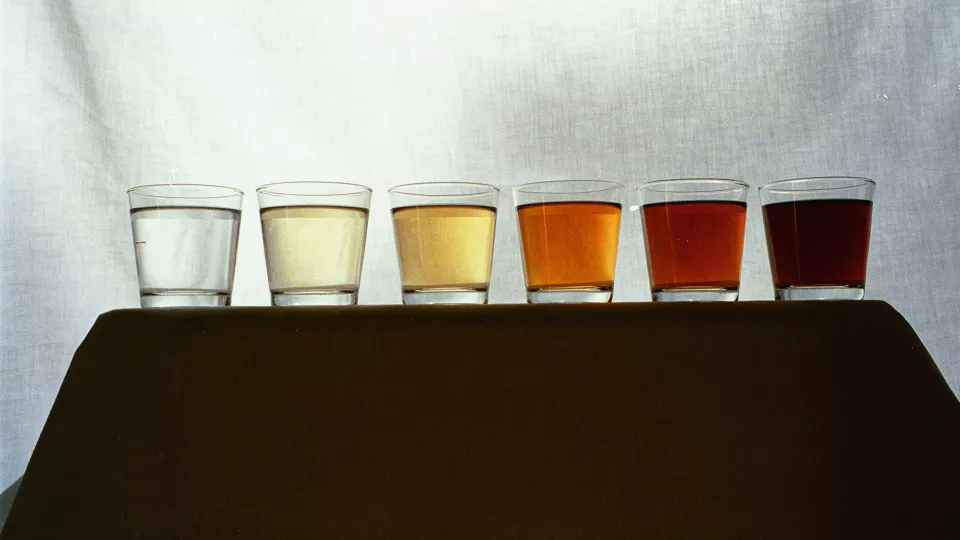Supported by a new study, researchers from Lund University and the Swedish University of Agricultural Sciences (SLU) are pointing to measures that could be taken with the purpose of mitigating and, in the long term, reversing this development.
Lakes, brooks, streams and rivers are turning brown due to iron and organic matter leaching from the surrounding soil into the water. This is a natural process that is common across the Northern Hemisphere. However, in recent decades, the colour has intensified and more and more lakes and watercourses have turned noticeably brown.
One consequence is that the water treatment plants have been forced to take more measures in the purification process and to use more chemicals to purify water for human consumption. Another consequence is that the lakes’ ecosystems are affected. A third is that it is less tempting to go for a swim on a warm summer’s day if the lake is brown.
“Browning is a problem; however, the fact that land use is one of the drivers of this phenomenon, suggests it is possible to do something about it. Not least at the local level where forest owners’ associations and companies can take measures that may reverse the development”, says Emma Kritzberg, Lund University.
Over the past hundred years, the focus on coniferous forests in forestry has contributed to the browning. Spruce has been planted near lakes resulting in much greater accumulation of organic matter than when the same ground was covered with deciduous forest or used as agricultural land.
A return to more deciduous trees and less coniferous forest near lakes is likely to be beneficial, according to Emma Kritzberg and her colleagues Lars-Anders Hansson, Lund University, and Hjalmar Laudon, SLU. Since land use has been underestimated as a factor contributing to browning, more research is needed to address the hypotheses we present as ways to mitigate browning.
They also suggest that waterlogged areas, which are directly connected to lakes and water courses, can be protected and not cultivated in any way, to reduce leakage of organic matter into the surface water.
“Several of these measures are very well in line with the industry’s own visions of how forestry should be managed near water”, says Hjalmar Laudon.
Publication: Browning of freshwaters: Consequences to ecosystem services, underlying drivers, and potential mitigation measures
Contact:
Emma Kritzberg, senior lecturer
Department of Biology, Lund University
+46 46 222 40 79
+46 705 21 57 94
emma [dot] kritzberg [at] biol [dot] lu [dot] se
